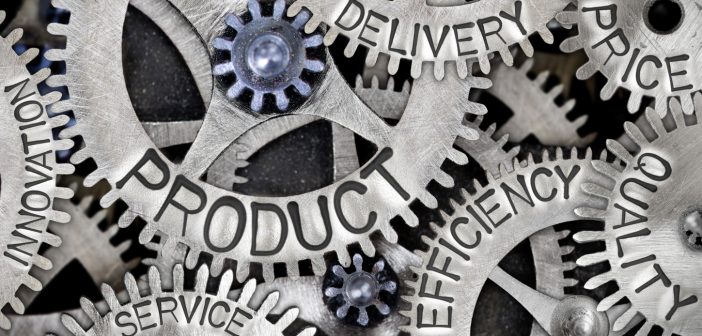Merchandise Is Important…
But Merchandising Is Vital!

Howard McAuliffe
by Howard McAuliffe, Partner, Pinnacle Entertainment Group
“What are the hottest products andwhat’s new?” These are the questions I would often hear in my previous life selling redemption, crane and merchandiser products. We know that redemption, as well as cranes and merchandisers, account for the majority of game room revenue (typically 70 to 85 percent), and that product helps drive this revenue. However, buying great products won’t drive revenue without implementing a merchandising process!
Our facilities really are retail establishments, so focusing on retail merchandising execution and trends is how we can work to stay ahead of the curve. A recent One Door study of 250 retailers titled “How Retail Winners Excel at Merchandising Execution” outlined five key findings that are indicators of a “Retail Winner.” A winner is defined as a retailer with 5 percent or greater sales growth. Here are the findings about the winners, as well as ideas for how each can be implemented in an FEC.
1) Retail Winners recognize the link between merchandising execution and sales improvements. Product displays must be full, organized and clean especially during the busiest times. This is universally known in our industry, but rarely executed.
2) They recognize the value of “Big Data” in assortment and space planning. Data and analytics are increasingly being recognized as important in our industry and companies are investing in compiling and analyzing this data. Larger chains can afford to have systems and professional buyers to handle this. However, individual locations and small chains need vendors that keep on top of trends and identify them using data backed analytics.
3) Retail Winners encourage two-way communication between the store and corporate. Data-backed analytics of products in the marketplace can help determine which of those will sell. However, there will always be some products that work better –– or worse –– in a given location compared to the overall marketplace. We need communications about what items are moving and what items are not between vendors and locations. In addition, we need a process so that poor-selling items can be removed and good-selling items kept in stock. The process is made easier with card systems. Managing staff in the use of the system, as well as using vendors that can quickly ship fast-moving product and allow returns or discounts for slow- or non-moving products is key.
4) They focus on training and encouraging associates to merchandise properly, including incentivizing employees for merchandising excellence. Proper training and management of merchandising is a well-established key to operations. However, incentivizing employees based on merchandising excellence is not. Using a picture and planogram as templates to measure quality, a financial or other incentive given for meeting and/or exceeding the standard set would be effective.
5) They adopt digital tools. Using digital tools to automate merchandising is growing in importance. Identifying fast- and slow-moving items is made easier with debit card systems and reporting. In addition, planograms allow vendors and staff to work together to systematize the introduction of hot items, as well as to implement periodic counter resets.
Using automation and digital tools to handle repetitive, mundane tasks frees employees to focus on the important work that can’t be automated. Generating a P.O. based on product usage over the weekend can be automated, but stocking shelves, cleaning and interacting with guests cannot. When used properly, digital tools can free employees and labor dollars to improve the guest experience.
Very rarely do we see spotless facilities with great merchandising and bad product. (I can’t think of a single example where I’ve seen that situation.) This is because finding good product is relatively simple compared to properly merchandising an FEC, which requires creating a system with processes that is well managed. Using good vendors to outsource portions of the system, as well as technology to help automate and manage it, is key to efficiently and economically implementing a top notch merchandising program.
Too much time is spent on “shopping” for merchandise and not enough time is spent focusing on merchandising. The trend in retail is towards systemizing, measuring and improving merchandising, and that should be where we focus as well.
Howard McAuliffe loves to imagine and implement new products, business models, and ideas, and is a partner in Pinnacle Entertainment Group Inc. He’s an industry veteran who got his start in the business when he was just 16 and has 20 years of expertise in product development, as well as FEC and route operations. Howard’s wife Reem and young son Sami are the center of life outside of work. When he’s not working, Howard can be found enjoying the outdoors, hiking, fishing and mountaineering. Traveling anywhere new or to old favorites like the American West is a passion. Readers can visit www.grouppinnacle.com for more information or contact Howard at [email protected], he welcomes positive as well as constructive feedback and counterpoints.




